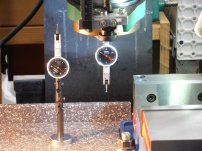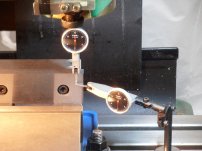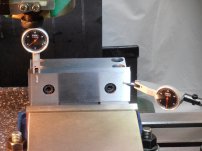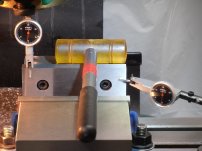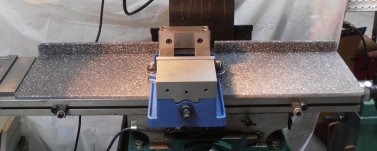Covenant MFG
Aluminum
- Joined
- May 26, 2021
- Location
- Greater Sacramento
So I do low volume, high mix. Lots of weird sizes and I find myself setting up and removing vises and other setups pretty often. I just really despise taking the time to indicate in a vise, bolt it, bolt the other to match, double checking etc.
I've been intrigued by things like Aluminum subplates, rocklock systems, and other quick change type stuff.
Anyone have a favorite trick for quickly locating and aligning your standard 6" Kurt vises? Are T-slots typically precise enough to make myself some custom blocks to fit the slots on the bottom? I'll be happy with alignment in X within .0005" across the 6" face, but not sure if I like that too much.
I'm decently fast with the traditional bolt down and tap in with an indicator, but those minutes are super annoying.
EDIT: I'm sure there are other threads on this but I couldn't find any in particular and was hoping maybe there's a solution already made out there that doesn't cost an arm and a leg.
I've been intrigued by things like Aluminum subplates, rocklock systems, and other quick change type stuff.
Anyone have a favorite trick for quickly locating and aligning your standard 6" Kurt vises? Are T-slots typically precise enough to make myself some custom blocks to fit the slots on the bottom? I'll be happy with alignment in X within .0005" across the 6" face, but not sure if I like that too much.
I'm decently fast with the traditional bolt down and tap in with an indicator, but those minutes are super annoying.
EDIT: I'm sure there are other threads on this but I couldn't find any in particular and was hoping maybe there's a solution already made out there that doesn't cost an arm and a leg.


